
Trying to build your own computer isn’t the hardest thing you’ll ever do, but to say there’s nothing that could go wrong wouldn’t be accurate in the least bit. There’s actually a lot that could get in the way of you and a completed build. Luckily, more often than not it’s going to be a simple mistake that can be fixed both quickly and easily… But, sometimes it’s not.
So, today, let’s take a look at 10 of the most common mistakes to make when building your own computer. Look at our build guide for a more comprehensive approach.
1. Buying incompatible hardware
One of the easiest mistakes to make when building your own computer is buying incompatible hardware.
It might be that your CPU is not compatible with your motherboard, or your motherboard simply doesn’t support the type of storage you bought. Or maybe you bought a CPU cooler that’s too big for your case. Regardless, buying incompatible hardware is a serious headache that can be avoided by doing some research before hitting that buy button.
I’m not just talking about the basic “will it work together?” type of compatibility, but all types. From the physical size of components to power consumption, and even the amount of storage drives you want to run, all facets of your build must be considered!
2. Installing the CPU wrong
This is more common than you might imagine. A lot of people just aren’t aware that processors must be installed in a certain orientation. This is no fault of your own, it’s just never made super clear anywhere unless you’re reading absolutely every bit of documentation you receive with your hardware.
Luckily, it’s really easy to know which direction to install your CPU. All processors will have some kind of marking on one of the corners, on AMD chips it’s a gold arrow usually found on the bottom-left corner. That marking has to be lined up with the marking you’ll find on your motherboard’s CPU socket, often on the socket’s “load plate” or the metal part that locks your CPU down – sometimes this indicator is found on the board itself.
3. Forgetting the CPU power connection
Another extremely common mistake to make is missing the CPU power connection. This happens so often that probably 50% of new builders will run into this problem on their first build. So, if this is you, there’s definitely nothing to feel bad about.
Your CPU power connection is going to be found in the top left corner of your motherboard. Failing to hit that with a power connection will result in your build doing absolutely nothing when you try and power it on. It often requires a 6 or 8-pin connection from your PSU, it might even be marked as cpu_pwr or something along those lines.
4. Not plugging the CPU cooler in
It’s pretty common to forget to plug your CPU cooler in. I know how it is, you’re excited to get your new build together, you slot your CPU, lock your cooler down… but forget the power connection that’s likely bundled into/around the fan. No worries, we’ve all been there.
You’re going to find your CPU cooler connection somewhere around the CPU socket on your motherboard. Where exactly changes per board, but it’ll definitely be around there somewhere – more than likely marked as “cpu_fan” or something similar. When in doubt, refer to your motherboard’s manual to be shown the exact location.
5. Leaving the plastic cover on your CPU cooler (or forgetting TIM)
Did you know there’s usually a little slip of transparent plastic that keeps your stock CPU cooler’s thermal paste from getting on everything? If you didn’t, well, you should probably check your CPU cooler to make sure you removed it!
Not only will that slip of plastic result in bad cooling, but in the worst case scenario it could melt and damage your motherboard – not ideal! Even aftermarket CPU coolers will have a little slip of plastic that you have to be aware of, it’ll usually say “remove before use” in big red letters. Thankfully, some coolers come with such large covers that it would be impossible to miss.
If you bought an aftermarket cooler, did you remember to add a small dab of thermal paste (aka TIM) to your CPU before locking your cooler down? If you didn’t do that and it didn’t have any TIM on it, you have to do that ASAP. Chances are your CPU cooler came with some thermal paste, maybe in a small tube or maybe in a small bag, either way you likely have some kicking around if you bought an aftermarket CPU cooler. If not, you can pick some Thermal Grizzly Kryonaut up for less than $10.
6. Trying to slot RAM wrong / not seating it fully
Almost as common as trying to install a CPU cooler wrong, is trying to install RAM wrong or not seating it fully. Installing RAM wrong can have a couple of different effects, one being that it just won’t go in the slot, and the other being it won’t take advantage of dual channel pairing. Not seating your RAM properly can end up with your build not functioning.
Similar to a CPU, RAM also has a certain way it has to be installed in the DIMM slots. If you look closely at the pins on your stick of RAM, you’ll notice that it’s not split 50/50. It’s more of a 60/40 split, right? Well, if you check out your motherboard RAM slot now, you’ll notice that it’s also split 60/40. If your RAM isn’t lined up correctly you can easily cause damage to the stick itself and/or the DIMM slot.
Beyond that, if you’re running dual channel RAM, your motherboard will have a set position for your sticks – this is important if you’re running a dual channel pair. Often times, your sticks of RAM will alternate slots, but some motherboards will have them right beside each other – this changes based on the board so make sure you’re double-checking the manual!
Not seating your RAM fully is an equally simple problem to fix. When you’re installing your RAM, you want to use even pressure on either end until you hear the stick *click* into the slot. If you didn’t hear any clicks while installing your RAM, chances are it’s not seated fully – just give it another push and you should be good to go.
7. Rogue motherboard standoffs
The little metal pegs inside of your case that you mount your motherboard on are called standoffs. These should be used only where they’re needed, any extra standoffs should always be removed from your case and kept aside.
Although slightly less common than the other mistakes we’ve talked about so far, this can have very negative effects – like shorting your motherboard out. As you can imagine, that’s not a good thing to do; at best your PC will shut itself off, at worst you could fry something.
Better to avoid that and spend the extra 5 seconds to twist out any unneeded motherboard standoffs! They might not want to come out easily, in which case I’d suggest using a pair of needlenose pliers or something similar. Or, if you’re lucky your case might come with a little tool specifically designed to remove standoffs.
8. Forgetting a connection for storage (HDD/SSD)
Forgetting a storage connection is more common than you might think. All drives outside of M.2 SSDs require 2 connections, 1 from your power supply and one from the drive to your motherboard. It’s not uncommon for a new builder to only connect one of the 2 without knowing.
Another way you can run into problems related to connecting storage is not having enough SATA data cables. Typically, your motherboard will come with 2 SATA data cables which is ideal for most builds; but if you’re adding more than 2 drives then you’re going to need more than 2 cables. Luckily, you can pick up packs of 3x SATA III 6Gbps data cables for less than $10.
9. Not connecting front I/O panel (or doing it wrong)
Failing to connect your front I/O panel is going to result in your power/reset buttons not working, along with anything else you might have there like a headset or USB drive. So, if you’re sitting there hammering on your power button and wondering why your PC won’t turn on, this is definitely something to check for.
The front I/O connections can usually be found bundled together and shoved in the front of your case somewhere. It’ll be a bundle of usually 8 1-pin connections, 1 larger audio connection if you have mic and headphone jacks and one blocky USB connection. These all connect along the bottom/side of your motherboard, check your manual for the exact location and layout of your front I/O connections.
10. Plugging your monitor into your motherboard (instead of your graphics card)
Last but not least, one of the most annoying problems of them all – plugging your monitor into the wrong display output. When this happens, your PC will fire up like normal and everything will whirr and buzz to life… Everything except your monitor which will likely only display something semi-depressing like “No Source Signal”.
Either that, or your CPU will have an integrated GPU and you won’t notice any issues until you launch a game. Chances are, it’ll lag and just run bad in general and you’ll be stuck wondering why your PC isn’t performing how it should.
Before you panic, double check where your monitor is plugged in. Is it connected to your motherboard’s rear I/O panel? If it is, you want to unplug it and then move the connection down a few inches to your graphics card instead (assuming you have one).
If it’s already plugged into your graphics card, check that the card itself has power. Plugged in? Check that the connection is fully plugged in on the PSU end. That’s in too? Is your card seated fully? Did it click into place like your RAM did? If it is AND your graphics card is not powering on while everything else is, it’s possible that your card is faulty.
Conclusion
There you have it, the 10 most common mistakes to make when attempting to build your own computer. The vast majority of these are not detrimental to the health of your system, as long as you rectify them ASAP.
If you made one, or several of these mistakes, don’t feel bad. Everyone starts somewhere and you’re bound to make some mistakes when learning a new skill.
Personally, I call them learning experiences – as long as you take a lesson away from the mistake you made then chances are you won’t make the same mistake twice.
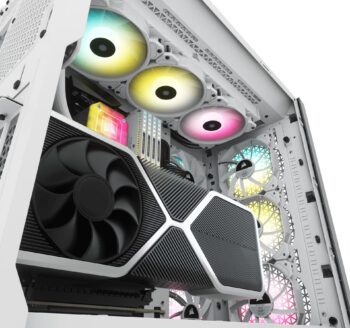
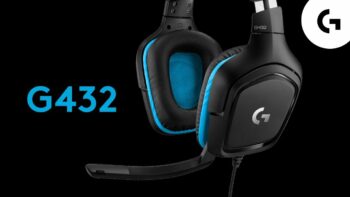
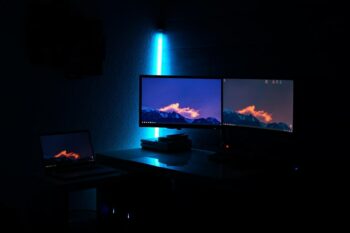
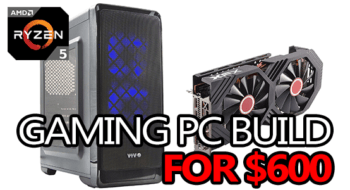
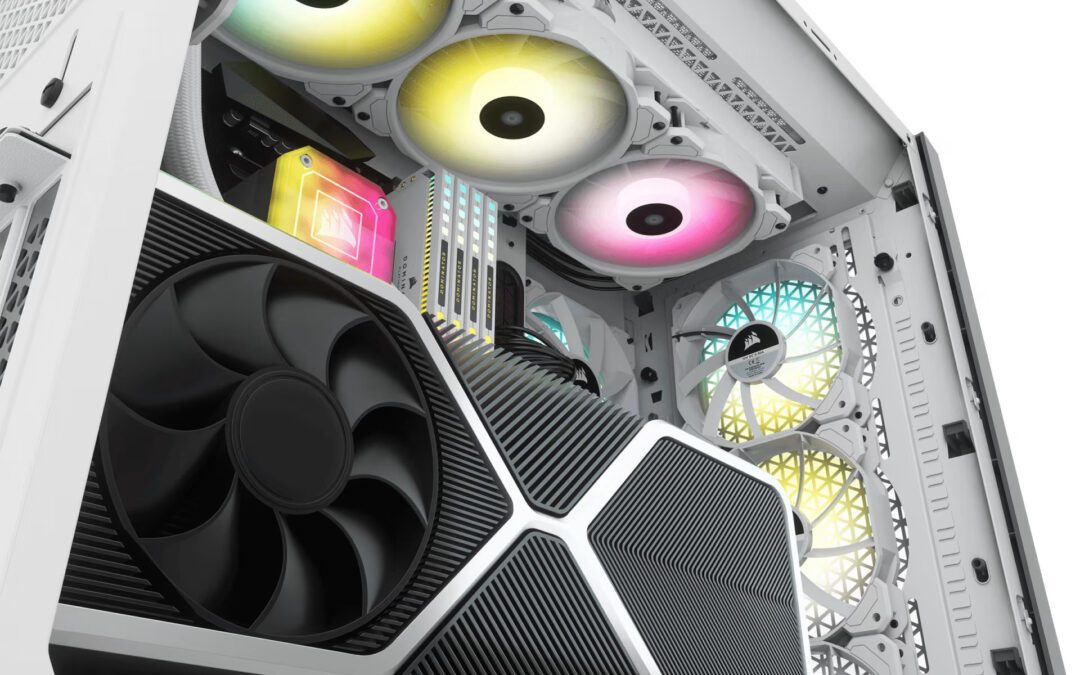
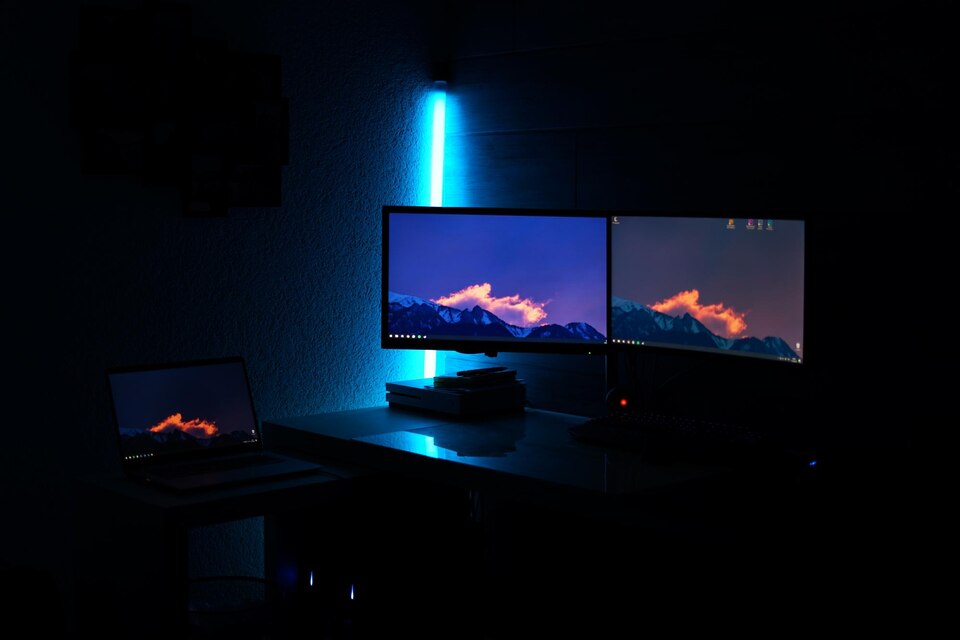
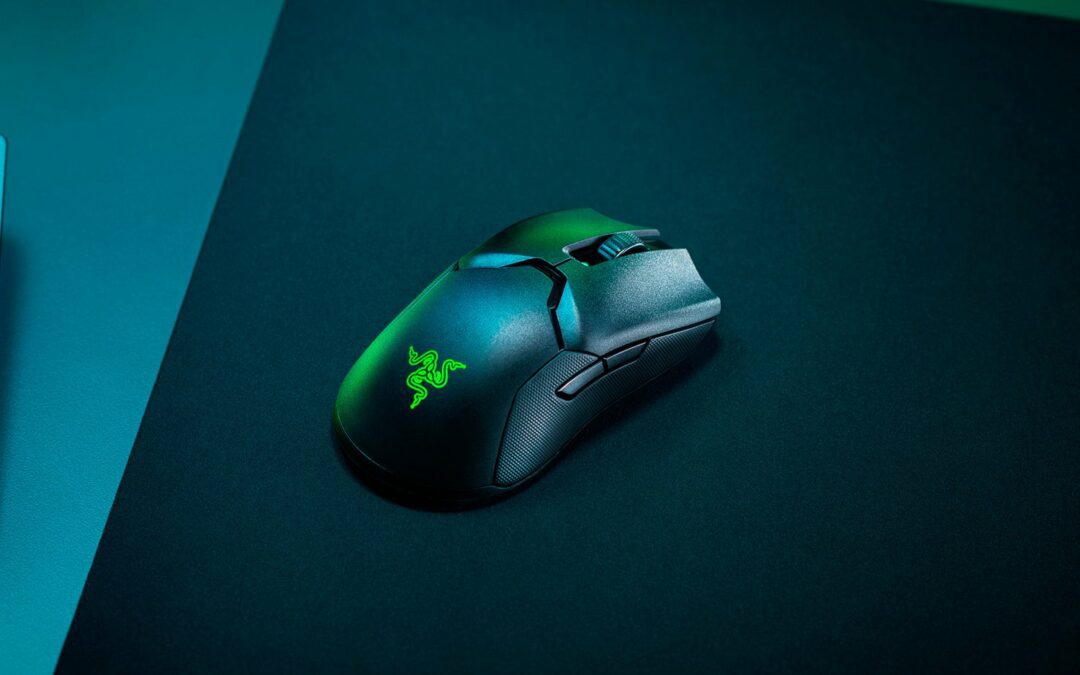
Excellent list. Thank you.
Ah, first build my buddy and I did our mistake was… Forgetting to install the Ram in its entirety! We fired her up and just stared at a black screen. No beep, no error, just nada. And then we looked around on the desk and saw the unopened package of memory modules just staring back at us. We had a laugh. Ended up being not a half bad system.
Idk if it is on there but my issue is that I can turn my pc on and everything works and I can access bios and even sign on. However, as soon as I actually try to do anything on the computer it seems to overwork and clicks and then everything shuts off.
Everything seems plugged in(front I/O, M.2, USB,etc.), but my build still refuses to turn on. Everything on the build is what’s on the under 600 build story aside from the ram and SSD, omitting the HDD altogether.
A few things to check:
– Is the PSU turned on? (A lot of people forget to flip the switch on the PSU itself)
– Is the RAM fully seated?
– Is the CPU power connection plugged in? (top left corner of your mobo)
– Is the 24-pin motherboard power connection fully seated?
All of these are plugged in. I tried the RAM seated together and alternating and none of it worked, I made sure the motherboard power and CPU power were also plugged in. While it still doesn’t work, your help is greatly appreciated. I will take it to a professional soon.
Nope I’m just an idiot and forgot to plug in the power button to the motherboard. Thank you for your time
I’m glad you were able to get it figured out! Forgetting the front panel is actually pretty common and I apologize for not mentioning it alongside the CPU/24-pin power connections.
With that in mind, I believe your problem falls under #9 🙂
Number 5. I didnt remove anything What Will happen i have wraith spire cooler
Hey Jesper,
It’s not the end of the world if the plastic didn’t melt. Your PC would have shut itself down before any major damage occurred. With that said, the thermal paste that was applied probably isn’t the best to use anymore – you should definitely consider replacing it.
It’s also entirely possible that your cooler was shipped without a plastic cover.
But your guide to pc building won’t let me make any of these mistakes right
Building is intimidating to me
For the most part 🙂 Some of these mistakes are really easy to make though, like accidentally forgetting the CPU power connection or trying to seat RAM incorrectly. That said, now that you’ve read this list, I can’t imagine you’ll be making ANY of these mistakes!
Thanks you’re the actual best.
I may or may not have done no.10 as I was building my PC…